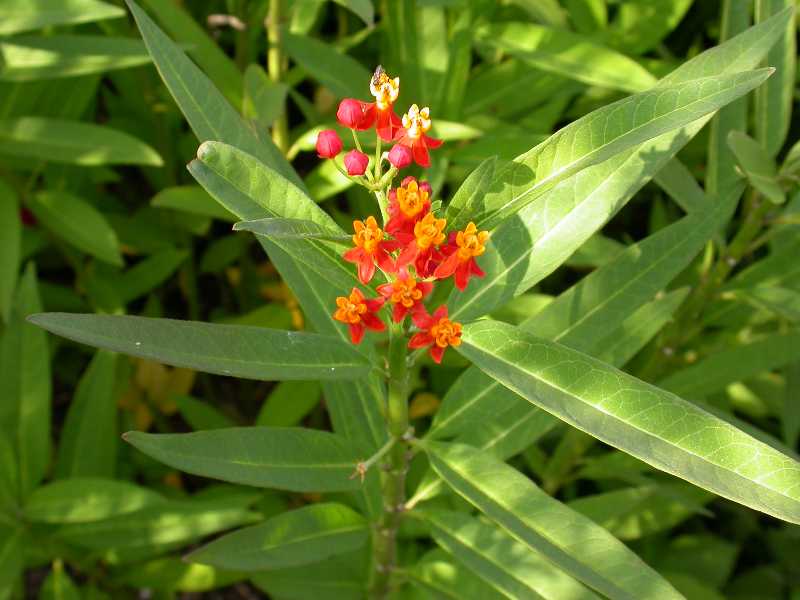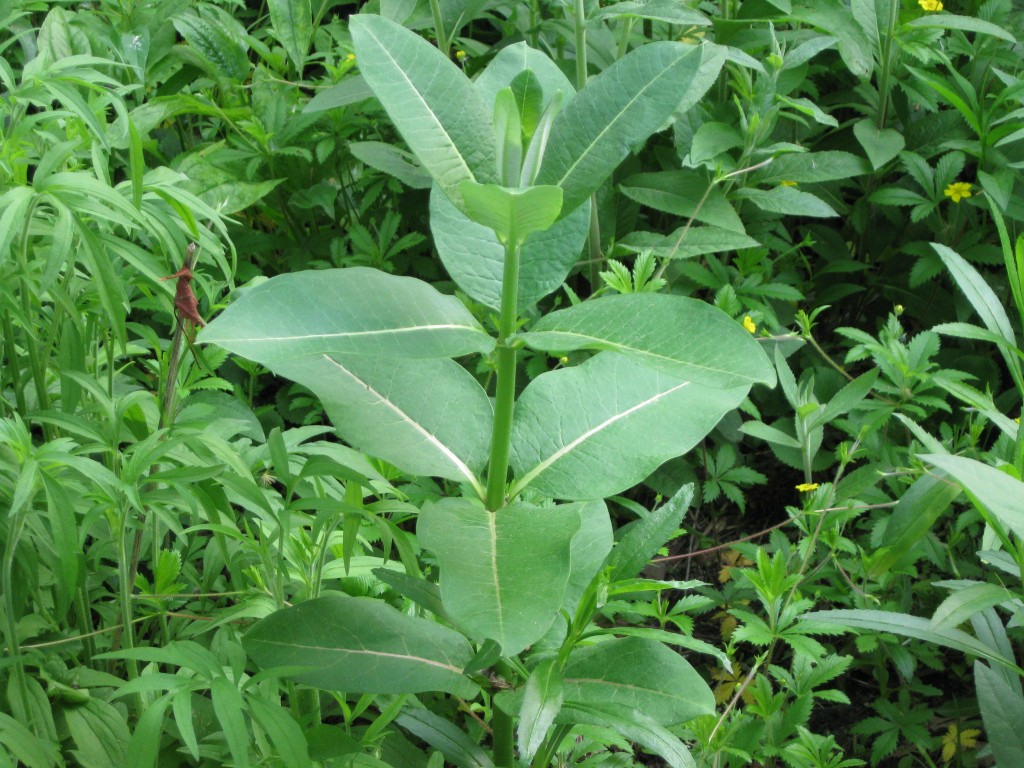Are your flowers deer food?
When deer are very hungry they will eat almost anything, but during the growing season they usually have lots of options. That being the case, they often eat what they like best. Following is a list of trees, shrubs, perennial flowers, and annual flowers used by North Dakota gardeners. They are grouped according to…




